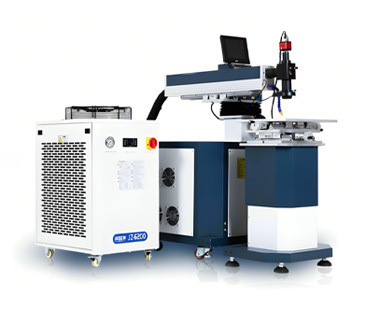Unleashing Precision: The Power of Handheld Laser Welding Machines in Automotive Repair
Release time:
2025-05-09
The automotive repair industry has seen remarkable advancements in technology, and one of the most significant innovations is the handheld laser welding machine. This tool is gaining popularity due to its ability to deliver precise welds with minimal heat distortion, making it an essential asset for modern automotive repair services. Handheld laser welding machines employ a concentrated beam of li
Handheld laser welding machines employ a concentrated beam of light to create a weld, resulting in a strong bond without the need for extensive preparation or post-weld finishing. This method is particularly advantageous in automotive applications, where the integrity of the weld can impact vehicle safety and performance. The precision offered by laser welding allows technicians to work on intricate components, such as exhaust systems, body panels, and other critical parts, ensuring that repairs are both effective and long-lasting.
One of the key benefits of using a handheld laser welding machine is its portability. Unlike traditional welding systems that can be bulky and stationary, these machines are lightweight and designed for ease of use in varying environments. Technicians can maneuver the device around complex shapes and tight spaces, making it ideal for automotive repair shops that need flexibility and efficiency. This adaptability not only speeds up the repair process but also minimizes downtime, allowing shops to serve more customers.
In addition to its portable design, the handheld laser welding machine offers exceptional control over the welding parameters. Users can adjust factors such as laser power, speed, and pulse duration, allowing for customization based on the specific material and thickness being welded. This level of control is critical in automotive applications, where different metals such as aluminum, steel, and stainless steel may require different welding settings to achieve optimal results.
Another noteworthy aspect of handheld laser welding is its low heat input. Traditional welding methods often introduce excess heat, which can warp materials and lead to structural weaknesses. In contrast, the focused nature of laser welding minimizes heat-affected zones, preserving the integrity of the surrounding materials. This is particularly crucial for automotive repairs, where even minor deformations can result in costly corrections.
Moreover, the environmental impact of welding processes is a growing concern in today's industry. Handheld laser welding machines operate with reduced fumes and emissions compared to traditional welding methods, aligning with the increasing demand for sustainable practices in automotive repair. This not only contributes to a healthier workplace but also meets the expectations of environmentally conscious customers.
In conclusion, the handheld laser welding machine is revolutionizing the automotive repair industry by providing a portable, precise, and efficient welding solution. Its ability to adapt to various applications while minimizing heat distortion and environmental impact makes it a valuable tool for modern technicians. As the automotive landscape continues to evolve, the integration of such advanced technology is essential for businesses aiming to stay competitive and deliver exceptional service.
Key words:
- All
- Product Management
- News
- Introduction
- Enterprise outlets
- FAQ
- Enterprise Video
- Enterprise Atlas
Recommend News





Contact Us
Phone: +86 (China) 152-5267-7152
WhatsApp: +86 (China) 152-5267-7152
E-mail:info@udibomfg.com
Address: Building 1002 Redstar International Technology Park, Mudu Town, Wuzhong District, Suzhou City, Jiangsu Province, China





